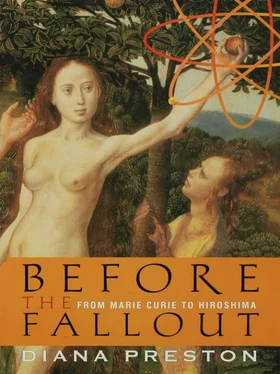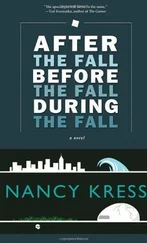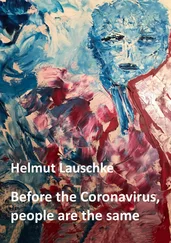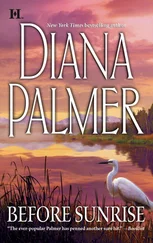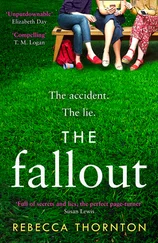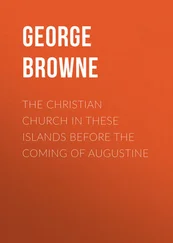The First World War had exposed, as never before, the conflicts and ambiguities between expediency and morality in warfare. At its end, the British Air Ministry opposed the trial as war criminals of German bomber pilots such as those of the Gotha bombers who had killed 162 civilians in air raids on London in June 1917, including 18 children whose school took a direct hit. The officials’ reasoning was that “to do so would be placing a noose round the necks of our airmen in future wars.” They were reluctant to deny Britain the possibility of carrying out bombing acts, which, when undertaken by others, they called war crimes. Indeed, in 1920, in Mesopotamia, as Iraq was then known, Britain would become the first power to attempt “to control without occupation” a country from the air. [13] The British army would withdraw, leaving the task to the Royal Air Force. However, the use of air-power alone would, in this instance, fail; many civilians were killed in ill-directed bombing raids or machine-gunned when mistaken for hostile forces, thus promoting increased resistance.
THE WORRIES AND DISTRACTIONS of war did not divert Rutherford from yet another major discovery: how to split the atom. In 1914 Ernest Marsden had been bombarding hydrogen gas with alpha particles. To his surprise he found that this produced far more “H-partides”—the fast-moving nuclei of hydrogen atoms—than he could account for. His departure to become professor of physics at Victoria College in Wellington, New-Zealand, prevented him from investigating further, leaving the anomaly for Rutherford. Systematically eliminating all other possibilities, such as the contamination of Marsden’s equipment by hydrogen, Rutherford proved that the mysteriously prolific H-particles were fragments chipped off the nuclei of nitrogen atoms in the air surrounding the experiment. He showed that the bombarding alpha particles had forced the nitrogen atoms in the atmosphere to release hydrogen nuclei—the simplest, lightest nuclei consisting solely of what Rutherford would soon term protons.
This was the first time that human action had split the atom. Rutherford had sensed all along that he was on the brink of something major. He defended his absence from a submarine warfare meeting with the statement: “If, as I have reason to believe, I have disintegrated the nucleus of the atom, this is of greater significance than the war.” By early 1919 his paper announcing the splitting of the atom was on its way to the printers. He had shown that humans could deliberately manipulate and transmute the elements and that, as C. P. Snow put it, “man could get inside the atomic nucleus and play with it if he could find the right projectiles.” The only snag was that although it was a simple matter to aim alpha particles at nitrogen nuclei, there was no certainty of hitting them. In fact, most missed, passing by like spent bullets. It was, as Einstein characteristically put it, “like shooting sparrows in the dark.”
That same year, Rutherford left Manchester for Cambridge to replace an aging J. J. Thomson as head of the Cavendish Laboratory—the most prestigious scientific academic post in Britain. Thomson wished to step aside to focus on his own research. The Rutherfords installed their modest possessions in Newnham Cottage, a comfortable house on the banks of the Granta with a large garden which became Lady Rutherford’s passion. It was also useful in ensuring that student guests had no opportunity to outstay their welcome. Rutherford would hospitably invite his students to tea on Sunday afternoons. They arrived at 2:30 p.m. in “best suits and dresses,” as the young Australian Mark Oliphant later recalled, and sat in a semicircle. Rutherford kept up lively conversation, while his short, plump, down-to-earth wife poured the tea. She would loudly remind her husband, “Ern, you’re dribbling,” if while trying to talk, eat, and drink at the same time he spilled tea or food from his mouth in the excitement of the moment. After an hour or so Lady Rutherford, who called everyone “Mister” regardless of status, would ask her guests whether they would like to see the garden. It was a command rather than an invitation. After a stroll “we were led firmly to the door in the outer wall where we shook hands and departed.”
Rutherford’s first task at the Cavendish was to reorganize the laboratory, which, with so many men being demobilized, was, in his view, crowded to excess with students and sadly lacking in space and equipment. These returning researchers included the physicist Francis Aston, who in 1919 invented the mass spectrograph—an instrument capable of differentiating both elements and isotopes by mass and which helped validate Rutherford’s model of the atom. James Chadwick proved a staunch administrative ally. He had returned from his long internment in Berlin malnourished, dyspeptic, and impoverished, but matured by his experiences. Rutherford brought him to Cambridge, where he not only showed himself to be a creative and intuitive scientist—helping Rutherford disintegrate further elements—but progressively became Rutherford’s lieutenant. A natural administrator, he kept the Cavendish running, watching over both its finances and its researchers.
• • •
The 1920s were hectic, even chaotic, years for atomic physics. Scientists were teasing out ever more facts but also seeking theories and systems to make sense of the bewildering, often conflicting mass of new information. Sometimes supplies of data ran ahead of theory. At other times, theories could not be validated for want of satisfactory data. The main centers of atomic science were the British, revolving around Rutherford, the French, centered on Marie Curie’s Radium Institute, and the German in Berlin. Each school had its pet interests and its own personality. Each believed itself superior. The British view of the French was that “where we try to find models or analogies, they are quite content with laws.” The French, conversely, considered their own approach a model of synthesis, simplicity, and precision and a happy contrast to “the haphazard fact-finding sorties of the British, who wanted to turn everything into wheels within wheels,” or the “grandiose, woolly theorising and niggling accumulations of useless data” of the Germans.
Atomic science was also becoming well established in Japan, helped by close and enduring links with Western universities. The Japanese had entered the First World War on the Allied side toward the end of August 1914, two weeks after fighting had begun. In doing so they had cited a strict interpretation of their recent alliance with Britain. In reality, they were keen on enhancing their strategic position in the Pacific and in China at Germany’s expense. Their initial action was to give the Germans six days to surrender Kiaochow, one of the treaty ports they held in China. The Germans refused. The kaiser sent a telegram to the governor of Kiaochow, proclaiming, “It would shame me more to surrender Kiaochow to the Japanese than Berlin to the Russians.” However, the Japanese captured the port within three months and also seized several German colonies and other treaty ports, including among the latter Tsingtao in northern China—famous for its brewery—where the Japanese took 4,600 POWs. According to one German prisoner, the Japanese “treated them as guests” and provided plentiful food, including German sausage, and provision for exercise. Among the considerable gains from the Germans that Japan retained as colonies at the end of the war were the Caroline Islands, the Marshall Islands, and the northern Marianas group—including Saipan and Tinian—in the Pacific. [14] In the Second World War Saipan and Tinian, once captured by the Americans, would become major air bases for the U.S. assault on Japan.
Читать дальше
